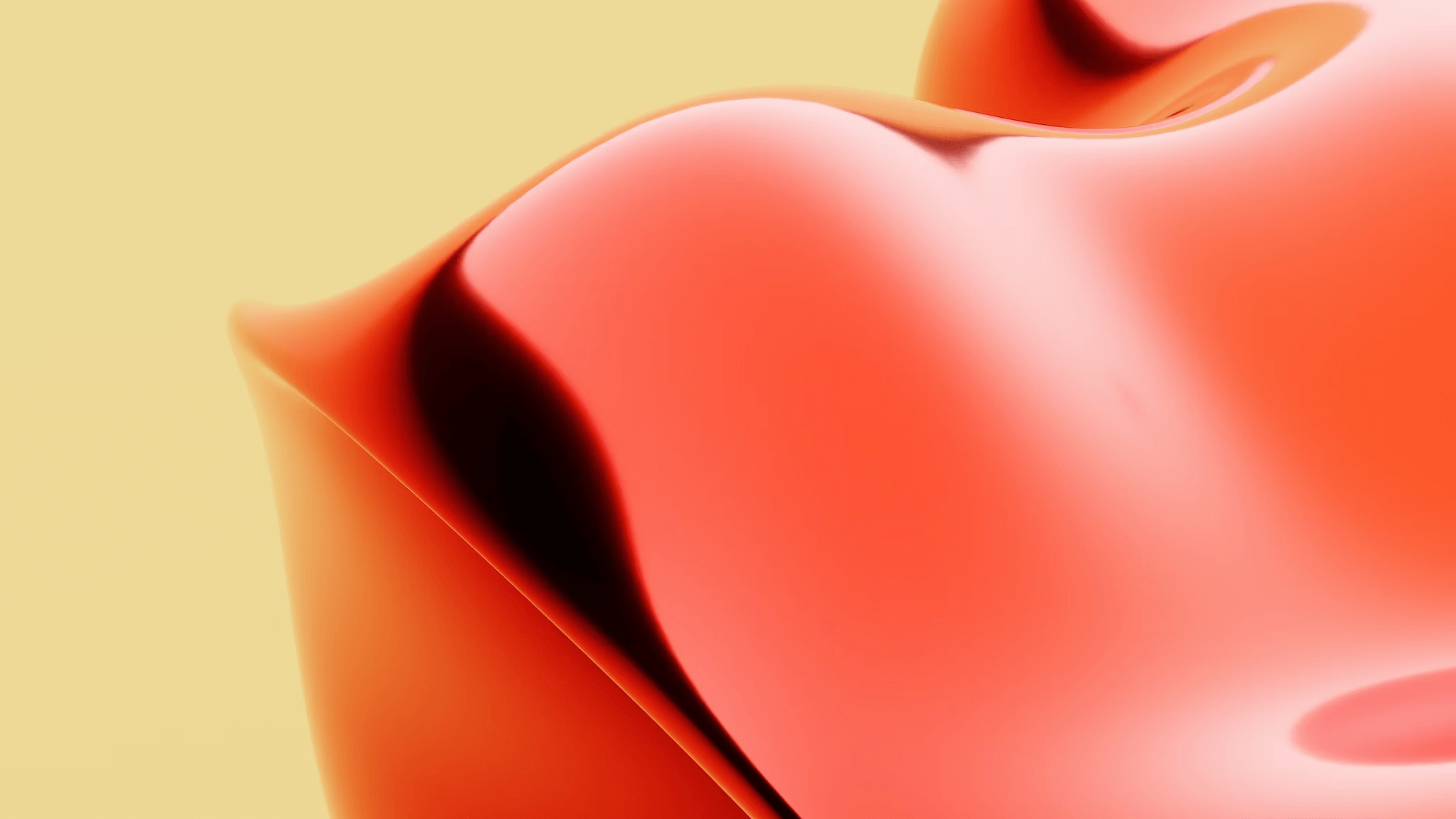
Exploring the World of Fine Art: From Classical to Modern
Introduction: The Allure of Art
Fine art, a vast and diverse field, captivates humanity with its power to express emotions, reflect society, and convey timeless messages. From ancient cave paintings to groundbreaking contemporary artworks, art serves as an endless source of inspiration. This article will take you on a fascinating journey through different historical periods and artistic styles, from classical foundations to bold modern trends.
Classical Period: The Foundation of Fine Art
Ancient Greek and Roman art laid the foundation for many artistic principles still used today. Perfection of proportions, harmonious balance, and humanism were prominent features. Intricate sculptures and vibrant frescoes left a profound mark on art history.
The Renaissance in Europe marked a revival of classical art, but with new developments. Artists like Leonardo da Vinci, Michelangelo, and Raphael created immortal works, rich in humanism and the exploration of human anatomy. Perspective techniques were greatly developed, adding depth and realism to paintings.
From Baroque to Impressionism: The Transformation of Style
The Baroque period (17th-18th centuries) showcased opulence, grandeur, and drama. Light and shadow were used magically to create impressive visual effects. The subsequent Rococo style leaned towards a more delicate, elegant, and refined aesthetic.
The Impressionist movement in the late 19th century was a revolution in painting. Artists like Monet, Renoir, and Degas abandoned precise details to focus on expressing light and emotion. They used short, bold brushstrokes to create vibrant works.
Modern and Contemporary Art: Disruption and Innovation
Modern art, spanning from the late 19th to mid-20th centuries, was a period of experimentation and breaking traditional rules. Cubism, Surrealism, and Abstract art are representative styles. Picasso, Dali, and Kandinsky are prominent figures who reshaped the face of art.
Contemporary art continues to inherit and develop the experiments of modern art, with diversity in materials, techniques, and ideas. Installation art, performance art, and video art are popular forms of contemporary art. Reflections on society, politics, and the environment are themes that contemporary artists are concerned with.
Conclusion: A Continuous Journey of Discovery
Fine art is a continuous journey of discovery, each period and style offering unique values and emotions. Understanding the history and styles of fine art will allow us to appreciate it more deeply and comprehensively.
RELATED POSTS
View all
